Alphonse Gabriel Capone (Al Capone) was one of America’s most prominent gangsters, who rose to infamy as Chicago Outfit leader during the Prohibition period. He had accumulated a personal fortune valued at $100 million as head of the famed crime syndicate before being sent to Alcatraz Prison in 1934 for a tax evasion conviction. We are going to study about the Capone crime or we say Al Capone facts…Al Capone facts…Al Capone facts (voice echo).
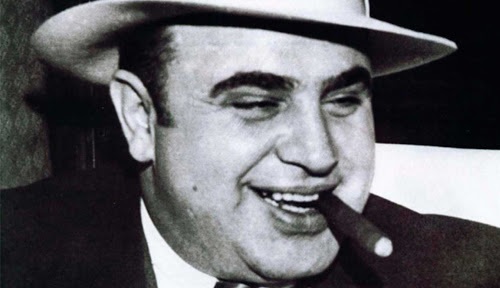
Capone met the gangster Johnny Torrio at age 14, which would prove the biggest influence on the boss of the would-be gangland. Torrio taught Capone how necessary it is to maintain a respectable front when running a racketeering company. Within the criminal industry, the gently developed Torrio reflected a new dawn, turning an aggressively coarse society into a corporate Empire. Capone joined the James Street Boys gang of Torrio, ultimately rising to the Gang of Five Points.
In 1909, Torrio moved to Chicago from New York to help manage the giant brothel company there and, in 1920, sent for Capone. It was rumored that, that year, Capone or Frankie Yale killed Big Jim Colosimo, the manager of Torrio, making way for the rule of Torrio.
AL Capone’s family immigrant from Italy
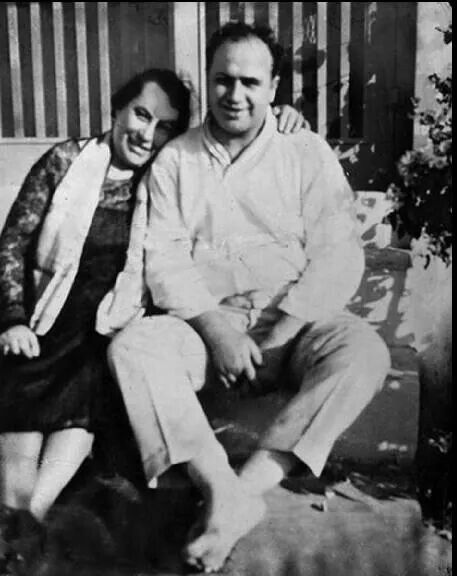
Capone was born on 17 January 1899 in Brooklyn, New York. Many New York gangsters came from poor backgrounds in the early 20th century but for the Capone this was not the case. Capone came from a wealthy, educated family, away from being a poor immigrant from Italy who turned to crime to make a living. Gabriele, his father, was among the thousands of Italians who arrived in New York in 1894. He was thirty years old, educated, and from Naples, where he had received barber living. His wife Teresa was pregnant and had already brought up two sons: Vincenzo, a two-year-old son, and Raffaele, a boy.
The Capone family and his childhood
The Capone family had lived near the Navy Yard in Brooklyn. It was a tough place given over by sailor characters who frequented the nearby bars to the vices they desired. The family was a normal, law-abiding, if loud Italian-American clan, and there was little suggestion that the young Capone would move into a criminal world and become the number one public enemy. The relocation of the family to a more ethnically diverse region of the city undoubtedly introduced the young Capone to broader cultural factors, no doubt equipping him with the means to manage a legendary criminal empire.
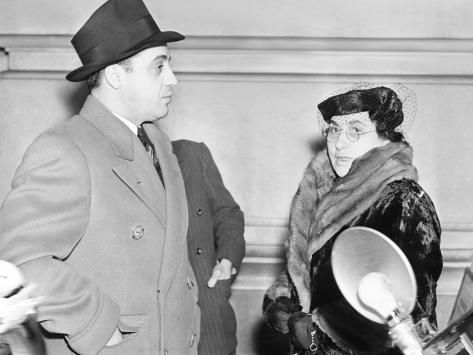
Yet it was Capone’s education that marred the remarkable young man, both insufficient and violent at a Catholic institution beset with crime. He was expelled at the age of 14 for assaulting a female teacher while he was a talented pupil, and he never returned. Since leaving school at the age of 14, Al Capone served as a candy store clerk, a pin-boy bowling alley, an ammunition plant worker, and a book bindery cutter while working in two “kid gangs” — bands of rebellious children notorious for vandalism and petty crime that were common in New York in the early 1900s.
The rise of gangster from early ages…
When Prohibition began in 1919 after the 18th amendment came into force, new operations of bootlegging opened up and pulled in enormous richness. Torrio retired in 1925, and Capone became Chicago’s crime czar, overseeing gambling, prostitution, and bootlegging rackets and increasing his territory by gunning down rival gangs.
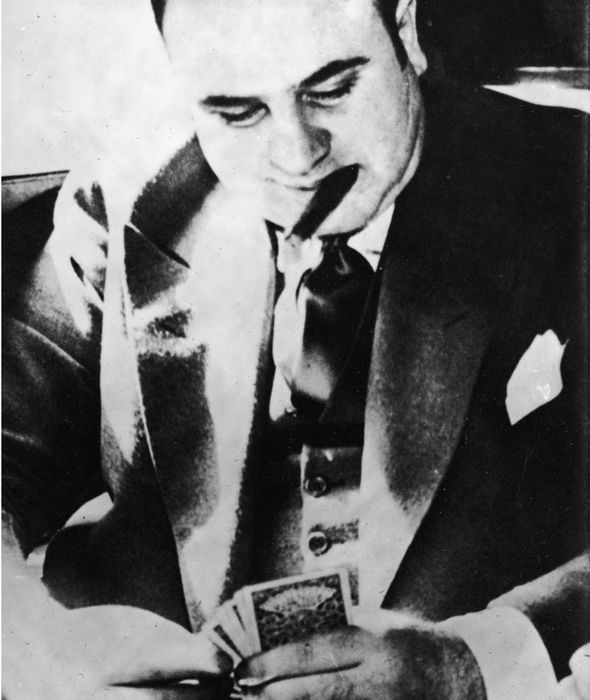
As Capone’s reputation grew, he still insisted as a mark of his status that he was unarmed. But he never went anywhere without at least two bodyguards and when he was traveling by car he was even sandwiched between bodyguards. He tended to fly under the night cover, risking journeying only when absolutely necessary. Al became Torrio’s partner with his business acumen, and took over as manager of the Four Deuces (Torrio’s headquarters in the Levee area of Chicago). The Four Deuces worked under a single roof as a speakeasy, gambling joint and whorehouse.
Why Capone was famous for his crime? Al Capone facts
Capone abducted election staff from opponents and resorted to abuse against voters. He finally won office in Cicero but not before his brother Frank was killed in a shootout with police force in Chicago.
He was made money-man by Capone’s bootlegging whiskey trail from Chicago to New York, but an incident involving Billy McSwiggin, known as the “hanging prosecutor,” was to become a big setback for the un-attackable gangster. McSwiggin was shot and killed in error by Capone’s henchmen during a shoot-out outside a bar between rivals. Capone was blamed but again he avoided arrest due to lack of evidence. Nevertheless, a major uproar toward gangster activity followed the assassination, and public opinion moved against Capone.
Capone played the role of peacemaker, calling on the other gangsters to sound down their aggression. He also managed to negotiate an amnesty among rival gangsters, and the killing and abuse ceased for two months. But Chicago had been firmly in the grasp of gangsters and Capone looked beyond the law’s control.
He was arrested for carrying a concealed weapon, and imprisoned. Capone was soon incarcerated in the Eastern penitentiary, where he lived until 16 March 1930. He was later released from prison for good behavior, but put on the “Most Wanted” list of America, which publicly humiliated a mobster who so desperately wanted to be considered a worthy man of the people.
The jury found Capone guilty on 17 October 1931 of multiple counts of tax evasion. Judge Wilkerson sentenced him to 11 years in prison, $50,000 in fines and an additional $30,000 in court costs. They refused Bail.
Capone is allegedly responsible for the Saint Valentine’s Day Massacre in 1929 and attempted murder on Bugs Moran, head of the North Side Gang.
Just as powerful powers gathered against him, Capone indulged in one last gruesome act of revenge the murder of two Sicilian associates who he claimed had betrayed him. Capone welcomed his victims to a sumptuous banquet where, with a baseball bat, he violently pulverized them. Before executing them, Capone had observed the old tradition of wine- and dining-traitors.
How and where did Al Capone died?
U.S. following detailed inquiries Treasury agents may arrest Capone for failure to file a tax return on profits. Capone’s testimony on his taxes, compelled to justify himself when being tried on a separate indictment in Chicago, did not suit prior claims he had made and he was found guilty of tax evasion. He was sentenced in October 1931 to ten years of hard duty, which he spent in a jail in Atlanta, Georgia, and in jail on Alcatraz Island in San Francisco Bay, California.
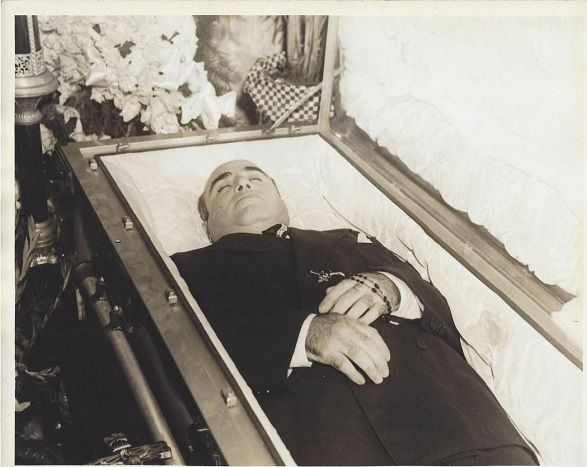
Capone suffered from syphilis, a condition which passed through sexual contact from person to person. If left unchecked the disease will affect the brain. Capone was frail mentally, and began to lose his mind. As a result, his influence within the organized crime network of the nation was terminated.
On 25 January 1947, at the age of 48, Capone died of cardiac arrest. During his final years in jail, tertiary syphilis aggravated Capone’s deteriorating health, and he became confused and disoriented. After release, Capone deteriorated slowly at his palace on Palm Island. His wife Mae remained with him till the end.














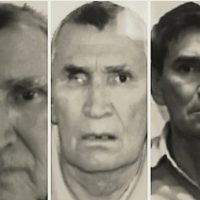
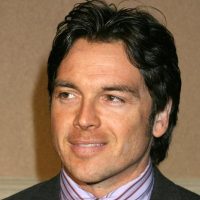

Recent Comments